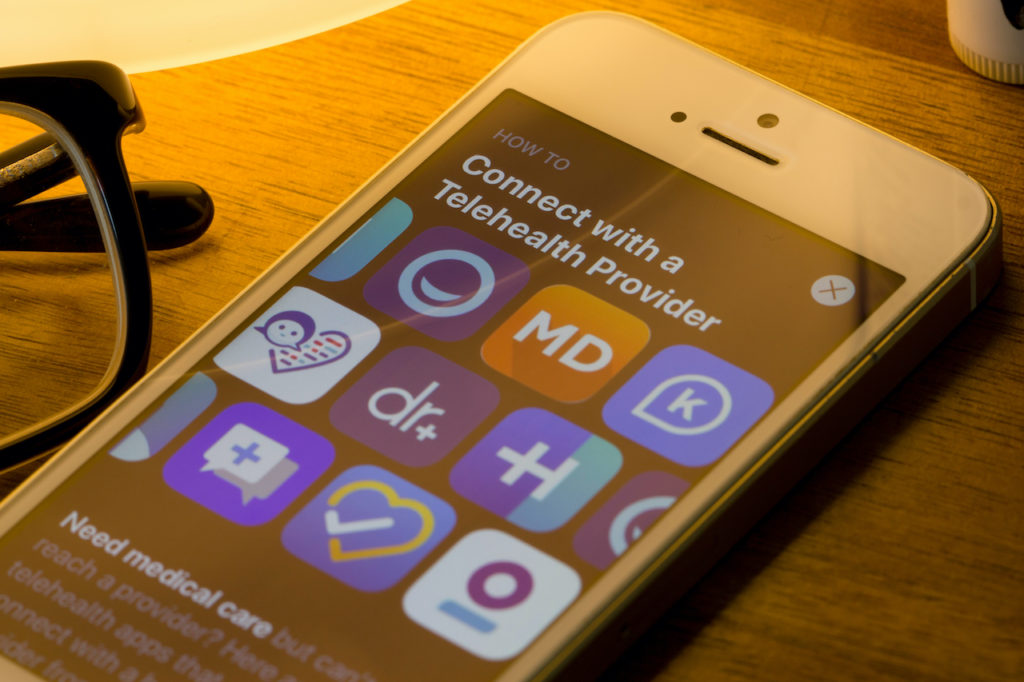By Dr. Ari Bernstein
Without a doubt, COVID-19 has changed the healthcare field forever. As a doctor myself, I know that medical professionals have had to scramble to cope with the new challenges posed by the novel coronavirus. In-office visits have become increasingly risky. As a result, thousands of providers rely on telehealth for daily appointments.
Telehealth is hardly a new innovation. Many doctors have used telehealth for years, but the healthcare industry has often treated telehealth as a “second class” option. In the wake of the pandemic, telehealth is taking center stage. Virtual visits are transforming the way patients receive care, providing unique benefits.
The History of Telehealth
Doctors have offered some form of telehealth ever since the invention of the phone. For decades, telehealth remained in the shadows. Once the laptop and smartphone era began, patients could visually see their provider. Doctors and patients could also share photos, documents, and more. A healthcare revolution had begun.
But, for many years, telehealth use was limited. Patients were accustomed to in-office visits, and unsure whether telehealth provided the same benefits. Elderly patients and those with limited technological skills were especially wary. Even as we reached the 2010s, in-office visits remained the default.
Pre-COVID, telemedicine availability was limited. Some cash-paying or limited telehealth services were available. But, physicians and specialists were required to do visits in person as telehealth appointments were not reimbursed by insurance companies. Investing in the digital infrastructure needed for telehealth is expensive. Many were reluctant to open their pockets.
The Post-COVID Landscape
COVID-19 changed everything. Almost overnight, our patients started canceling their in-person appointments. Clinics and offices shut down. Telehealth became the new norm.
Providers who hadn’t yet invested in telemedicine platforms rushed to do so. Others quickly ramped up their existing platforms to accommodate hundreds of additional patients. Older patients, frightened by the risk of infection, began to explore telehealth for the first time. Insurance companies started offering free virtual visits and other reimbursements. The telehealth tide was finally turning.
Telehealth spending is likely to continue increasing. One recent estimate predicts that $250 billion in spending may shift to virtual care models. Another predicts a 4,000% increase in telehealth claims nationwide. One New York location reported that pre-pandemic, only 4% of their outpatient psychiatry visits occurred via telehealth. During the height of the pandemic, that number skyrocketed to 85–95%. We may see similar numbers during future waves of the virus.
The Future of Telehealth
It seems clear that telemedicine is here to stay, and many experts are delighted. The benefits of telemedicine are varied, including:
- Reduced travel time for patients
- Decrease in “no-shows”
- Less paperwork and easier patient registration
Telemedicine also allows providers to see patients’ home environments. With the use of other tools, including apps and wearable devices, providers can better understand their patients’ needs.
Incorporating these devices into medical practices allows doctors to provide patients with the best possible care. These devices have a learning curve for our patients and us. But, now that we’ve embraced telehealth, the task seems less daunting. Many practices have invested in telehealth platforms that offer a wide range of tools. It’s up to providers to get their money’s worth from these features.
As patients grow more comfortable with telehealth, they’re likely to embrace these tools. Apps, wearables, and other devices will become more widespread. Patients can use these tools to track their own health and join in contact tracing projects.
Many challenges lie ahead in this area. Data and privacy concerns remain a factor, but patients have become more comfortable with telehealth. Doctors are eager to continue this trend. It seems to be only a matter of time before telehealth and technological tools dominate the healthcare landscape.
